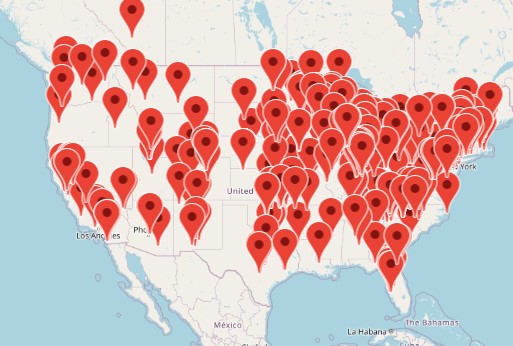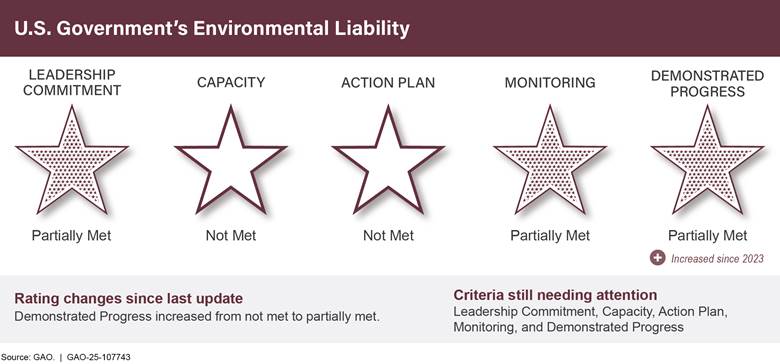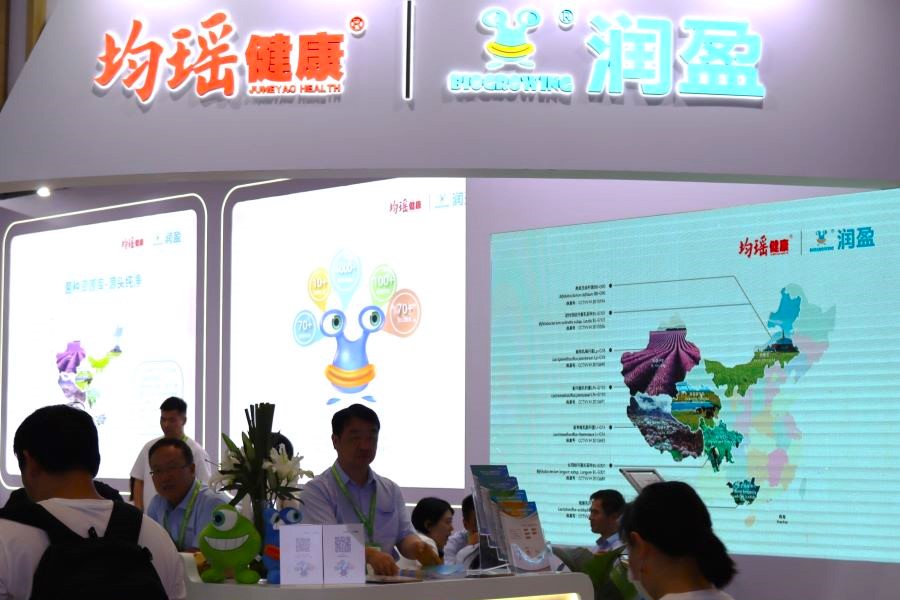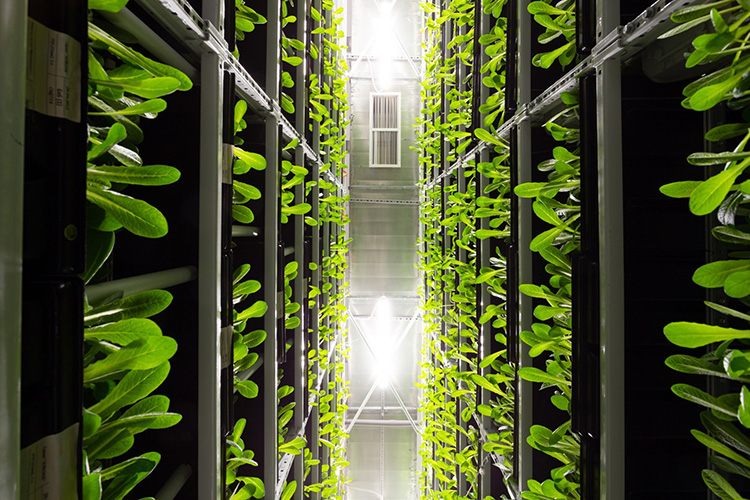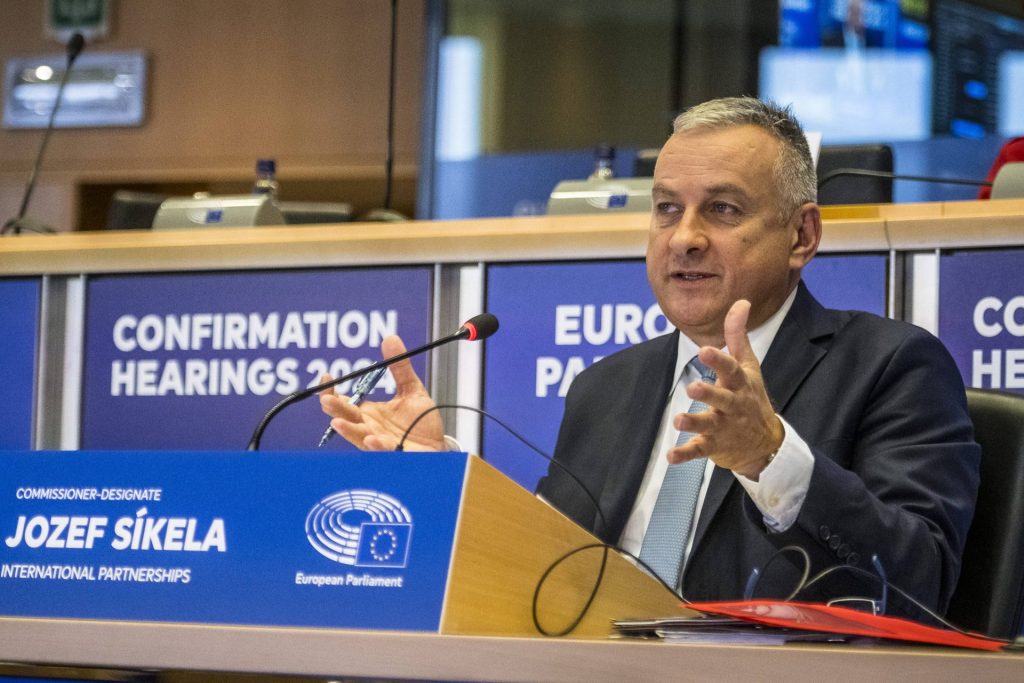Report on Food Bank of Iowa’s Initiatives to Combat Student Food Insecurity
Introduction and Background
A significant challenge facing the state of Iowa is student food insecurity, an issue that directly impedes progress toward several United Nations Sustainable Development Goals (SDGs). According to data from the Iowa Department of Education, 42% of students in the state qualify for free or reduced-price lunch programs. This statistic highlights a critical food gap, as these students often face uncertainty in accessing meals during non-school hours, including evenings, weekends, and school breaks. This situation presents a direct challenge to achieving SDG 2 (Zero Hunger) and has cascading effects on other development goals.
Programmatic Response to Food Insecurity
In response to this challenge, the Food Bank of Iowa has implemented targeted programs to ensure students have consistent access to nutritious food. These initiatives are designed to bridge the nutritional gap when school meals are unavailable. The primary programs are:
- School Pantry Program: This initiative involves establishing on-site food pantries within schools, creating accessible and direct distribution points for students and their families.
- Backpack Program: This program provides students with backpacks of food to take home over weekends or school holidays, ensuring they have sustenance when not in the classroom.
As stated by Tami Nielsen, President and CEO of the Food Bank of Iowa, the implementation of these programs marks a significant step forward from the previous year, demonstrating a commitment to addressing the recognized need for consistent student nutrition.
Alignment with Sustainable Development Goals (SDGs)
The Food Bank of Iowa’s efforts are strongly aligned with the global 2030 Agenda for Sustainable Development. The programs make direct and indirect contributions to the following SDGs:
- SDG 2: Zero Hunger: The core mission of the programs is to end hunger and ensure access to safe, nutritious, and sufficient food for children, a key target of this goal.
- SDG 1: No Poverty: By providing essential food resources, the programs alleviate the financial burden on low-income families, contributing to the reduction of poverty in all its forms.
- SDG 4: Quality Education: Adequate nutrition is fundamental to a child’s ability to concentrate, learn, and succeed academically. By mitigating hunger, these initiatives support the goal of ensuring inclusive and equitable quality education.
- SDG 3: Good Health and Well-being: Consistent access to food is critical for the physical and cognitive development of children, directly supporting the goal of ensuring healthy lives and promoting well-being for all ages.
- SDG 17: Partnerships for the Goals: The collaboration between the Food Bank of Iowa and local school districts exemplifies the multi-stakeholder partnerships required to effectively implement and achieve the Sustainable Development Goals.
Sustainable Development Goals (SDGs) Addressed
SDG 2: Zero Hunger
- The article directly addresses the issue of “food insecurity for students.” The core mission of the Food Bank of Iowa’s programs, such as the “school pantry program and backpack program,” is to end hunger and ensure access to food for children, a vulnerable population. The text highlights the uncertainty some children face in “knowing where their next meal is coming from,” which is the central problem SDG 2 aims to solve.
SDG 1: No Poverty
- Food insecurity is intrinsically linked to poverty. The statistic that “42% of Iowa students qualify for free or reduced lunch” indicates a significant level of economic vulnerability among families. By providing food, the Food Bank’s programs alleviate a financial burden on low-income families, contributing to the broader goal of reducing poverty and its impacts.
SDG 17: Partnerships for the Goals
- The article explicitly mentions collaboration as a key strategy. The statement, “The Food Bank also partners with schools to establish on site pantries,” demonstrates a partnership between a civil society organization (the Food Bank) and public institutions (schools) to achieve a common goal, which is the essence of SDG 17.
Specific SDG Targets Identified
Targets under SDG 2: Zero Hunger
- Target 2.1: By 2030, end hunger and ensure access by all people, in particular the poor and people in vulnerable situations, including infants, to safe, nutritious and sufficient food all year round. The article’s focus on providing food during “evenings, on weekends, during breaks, or when school is canceled” directly aligns with ensuring access to food “all year round” for a vulnerable group (students).
Targets under SDG 1: No Poverty
- Target 1.2: By 2030, reduce at least by half the proportion of men, women and children of all ages living in poverty in all its dimensions according to national definitions. The programs described support children from families that qualify for free or reduced lunch, a proxy for being at or near the national poverty line. Providing essential resources like food directly helps these families manage their limited budgets, contributing to poverty alleviation.
Targets under SDG 17: Partnerships for the Goals
- Target 17.17: Encourage and promote effective public, public-private and civil society partnerships, building on the experience and resourcing strategies of partnerships. The collaboration between the Food Bank of Iowa and local schools is a clear example of a civil society-public partnership designed to effectively address student food insecurity.
Indicators for Measuring Progress
Explicit and Implied Indicators
- Explicit Indicator: The article provides a direct quantitative measure related to food insecurity: “42% of Iowa students qualify for free or reduced lunch.” This statistic serves as a baseline indicator for the prevalence of economic vulnerability and risk of hunger among the student population in Iowa, directly relating to SDG 2 (Target 2.1) and SDG 1 (Target 1.2).
- Implied Indicators: While not quantified in the text, the article implies several process and outcome indicators that could be used to measure the success of the programs. These include:
- The number of students and families served by the school pantry and backpack programs.
- The number of on-site pantries established through school partnerships.
- The volume of food distributed to students and their families.
Summary of SDGs, Targets, and Indicators
| SDGs | Targets | Indicators |
|---|---|---|
| SDG 2: Zero Hunger | Target 2.1: End hunger and ensure year-round access to sufficient food for all, especially vulnerable people. | Mentioned: The prevalence of students at risk, indicated by “42% of Iowa students qualify for free or reduced lunch.” Implied: Number of students/families receiving food from the pantry and backpack programs. |
| SDG 1: No Poverty | Target 1.2: Reduce at least by half the proportion of people living in poverty according to national definitions. | Mentioned: The “42% of Iowa students qualify for free or reduced lunch” statistic serves as a proxy indicator for the proportion of children living in economically vulnerable households. |
| SDG 17: Partnerships for the Goals | Target 17.17: Encourage and promote effective public, public-private and civil society partnerships. | Implied: The number of schools the Food Bank of Iowa partners with to establish on-site pantries. |
Source: kcci.com
